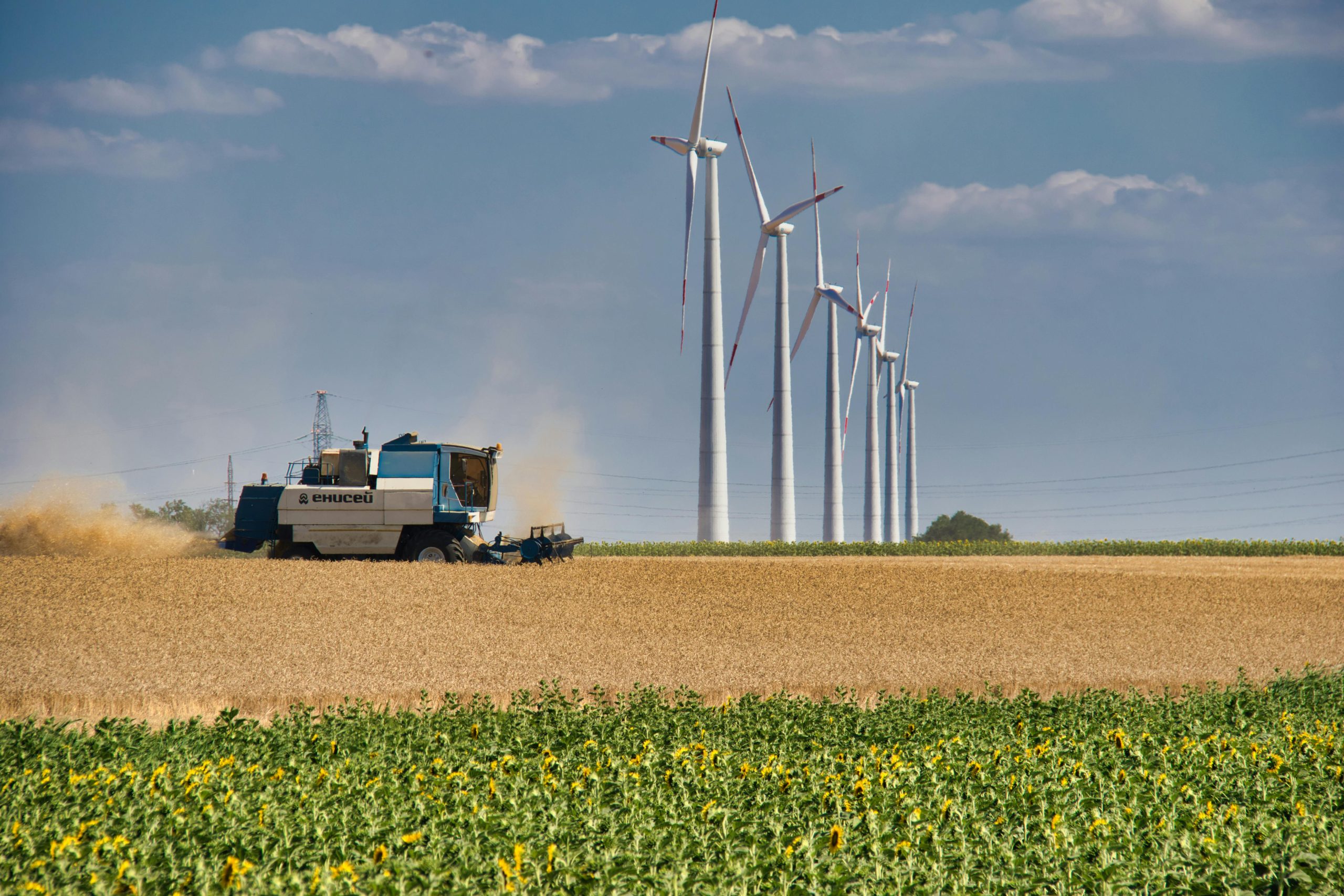# Mastering Text Generation Parameters in Transformers for Better Output

Transformers have revolutionized natural language processing (NLP), enabling powerful text generation capabilities. However, generating high-quality, coherent, and contextually relevant text requires fine-tuning key parameters. In this guide, we’ll explore the essential text generation parameters in transformer models like GPT-2 and how to optimize them for better results.
## Core Text Generation Parameters
Text generation in transformers is controlled by several key parameters that influence creativity, coherence, and diversity. Understanding these parameters is crucial for fine-tuning model outputs.
### Key Parameters to Consider:
– Temperature – Controls randomness in predictions.
– Top-K Sampling – Limits the model to the top K probable next words.
– Top-P (Nucleus) Sampling – Selects from the smallest set of words whose cumulative probability exceeds P.
– Repetition Penalty – Discourages repetitive outputs.
– Beam Search – Generates multiple sequences and selects the best one.
Let’s dive deeper into each of these.
## Experimenting with Temperature
Temperature is a crucial parameter that affects the randomness of generated text. A higher temperature (e.g., 1.0) increases diversity, while a lower value (e.g., 0.2) makes outputs more deterministic.
### How Temperature Works:
– Low Temperature (0.1 – 0.5): Produces conservative, predictable text.
– Medium Temperature (0.5 – 0.8): Balances creativity and coherence.
– High Temperature (0.8 – 1.2): Encourages more diverse, sometimes nonsensical outputs.
Example:
“`python
output = model.generate(input_text, temperature=0.7)
“`
## Top-K and Top-P Sampling
### Top-K Sampling
Instead of considering all possible next words, Top-K restricts the model to the K most probable tokens. This reduces low-probability nonsense while maintaining variety.
Pros:
– Reduces gibberish outputs.
– Maintains reasonable diversity.
Cons:
– May still include irrelevant words if K is too high.
### Top-P (Nucleus) Sampling
Top-P dynamically selects the smallest set of words whose cumulative probability exceeds P. Unlike Top-K, it adapts to the confidence of predictions.
Example:
“`python
output = model.generate(input_text, top_p=0.92)
“`
## Controlling Repetition
Repetition is a common issue in text generation. The repetition_penalty parameter helps mitigate this by penalizing repeated tokens.
### Strategies to Reduce Repetition:
– Repetition Penalty (1.0 – 2.0): Higher values discourage repetition.
– No Repeat N-Gram Size: Prevents repeating exact phrases.
Example:
“`python
output = model.generate(input_text, repetition_penalty=1.5)
“`
## Greedy Decoding vs. Sampling
### Greedy Decoding
– Always selects the most probable next word.
– Pros: Simple and deterministic.
– Cons: Can lead to dull, repetitive outputs.
### Sampling-Based Decoding
– Introduces randomness for more varied text.
– Works well with Temperature, Top-K, and Top-P.
## Parameters for Specific Applications
Different use cases require different parameter settings:
### Creative Writing
– High temperature (0.8 – 1.2)
– Top-P (0.9 – 0.95)
### Technical Documentation
– Low temperature (0.2 – 0.5)
– Greedy or Beam Search
### Chatbots
– Medium temperature (0.5 – 0.8)
– Repetition penalty (1.2 – 1.5)
## Beam Search and Multiple Sequence Generation
Beam Search generates multiple sequences and selects the best one based on probability.
### Key Beam Search Parameters:
– num_beams – Number of sequences to consider (higher = better but slower).
– length_penalty – Encourages longer or shorter outputs.
Example:
“`python
output = model.generate(input_text, num_beams=5, length_penalty=0.6)
“`
## Conclusion
Mastering text generation parameters in transformers like GPT-2 is essential for producing high-quality outputs. By adjusting temperature, Top-K, Top-P, repetition penalty, and beam search, you can fine-tune generated text for various applications. Experiment with these settings to find the perfect balance for your needs!
Pro Tip: Always test different combinations of parameters to see how they affect output quality.
Would you like a downloadable cheat sheet for these parameters? Let us know in the comments! 🚀
#LLMs #LargeLanguageModels #AI #ArtificialIntelligence #TextGeneration #Transformers #NLP #GPT2 #MachineLearning #DeepLearning #TemperatureSampling #TopKSampling #TopPSampling #BeamSearch #RepetitionPenalty #AIParameters #CreativeAI #TechDocs #Chatbots #AITuning
+ There are no comments
Add yours